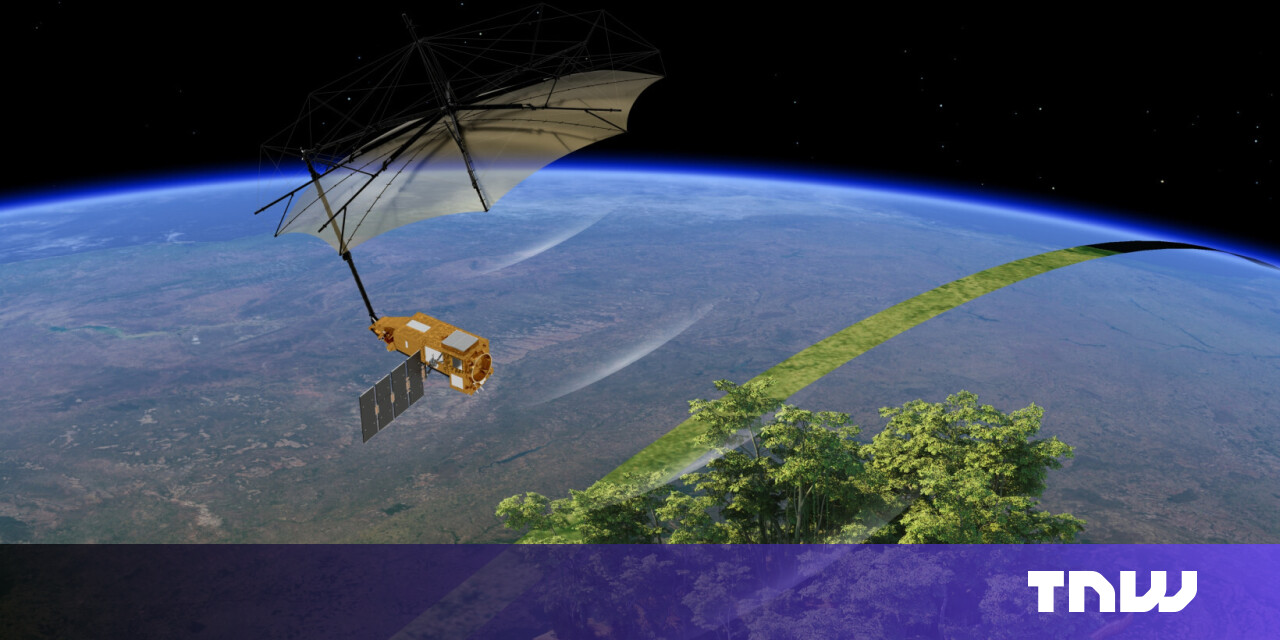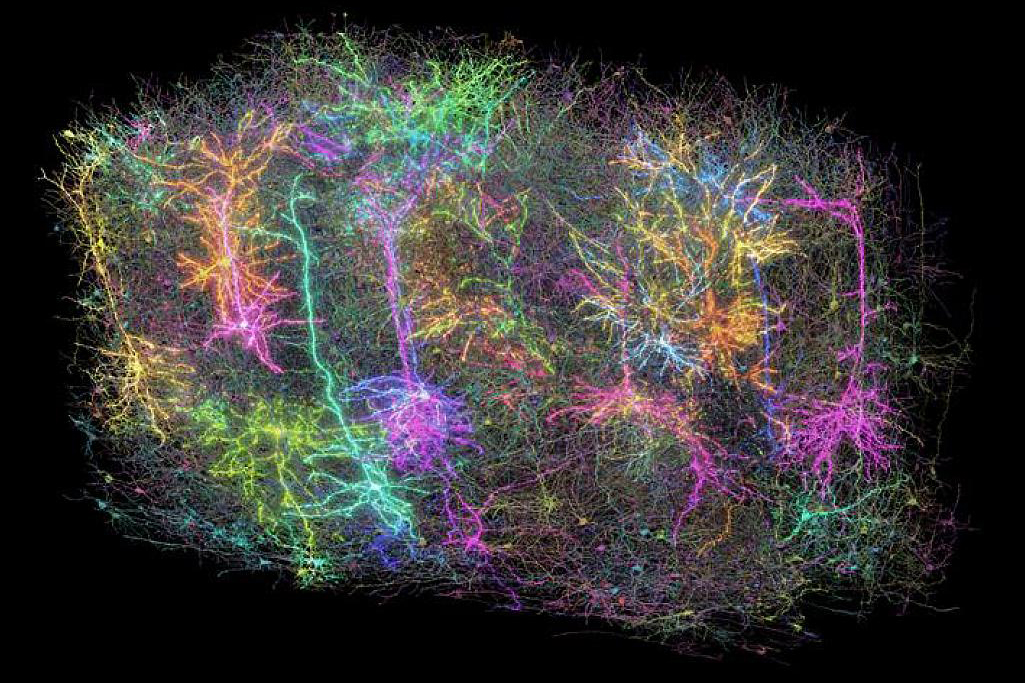Discovering Absolute Zero with Simple Equipment: A Revolutionary Approach

Determining absolute zero, the theoretical temperature at which all molecular motion ceases, is often thought to require intricate setups involving advanced physics tools, lasers, and even liquid helium. However, a recent experiment by researcher Markus Bindhammer has shown that this complex endeavor can be simplified significantly, relying primarily on basic lab glassware, a heat gun, and, of course, a laser.
To clarify, the technique outlined by Bindhammer is an estimation of absolute zero derived from Charless Law, which explains the behavior of gases as they are heated. In this innovative experiment, Bindhammer utilized a 50-ml glass syringe, which was mounted horizontally on a stand and equipped with a thermocouple to monitor temperature changes. Positioned opposite the syringe's plunger was a VL6180 laser time-of-flight (TOF) sensor, which measured the displacement of the plunger as the volume of air inside the syringe expanded when subjected to heat.
As the air was heated, data collected from both the TOF sensor and thermocouple were recorded by a microcontroller. This information was used to plot the relationship between gas volume and temperature on a graph. The results demonstrated a clear linear relationship, which allowed for linear regression analysis. This analysis facilitated the calculation of the theoretical temperature at which the gas volume would reach zero, leading to a surprising finding: the estimated absolute zero was -268.82C. This value is only approximately four degrees shy of the widely accepted standard of -273.15C, showcasing the effectiveness of this straightforward method.
Bindhammer's recent endeavors in scientific experimentation have garnered attention, as he has been actively engaged in various innovative projects. His contributions also include an open-source blood glucose measurement system and a comprehensive electrochemistry lab, both of which emphasize accessibility and practical applications of scientific concepts.


















